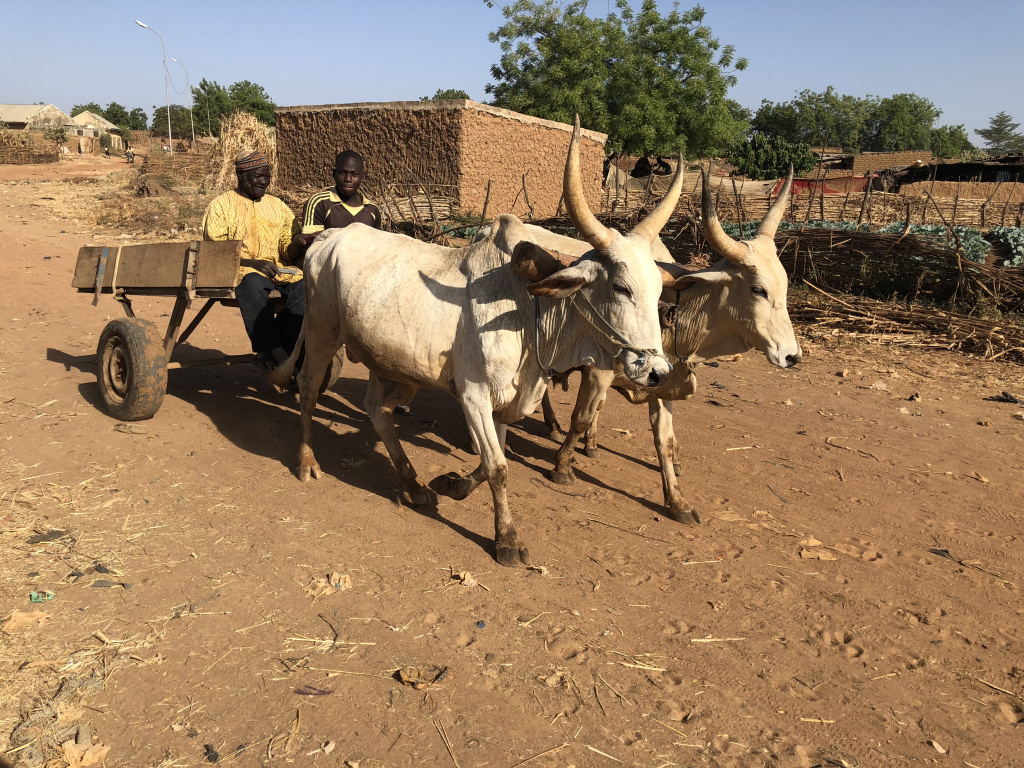Live animals are the most valued food product traded in West Africa. Long and complex value chains connect livestock producers in the Sahel with consumption basins in urban areas and the coast. In this region, livestock trade is highly informal and despite recent efforts to understand animal mobility patterns, remains largely unrecorded.
Among the few quantitative studies of livestock mobility that have been conducted for West Africa, most collated data from one country only, yet most of the animals they recorded crossed at least one international border. If the opportunity to increase intraregional livestock trade is to be seized, there is a pressing need to understand its spatial patterns at the multiple-country level.
Livestock value chains can be studied as networks, or as a collection of entities connected by links – or a collection of locations linked by animal shipments. In our recently published paper, we modeled regional livestock trade as a network using a database of animal movements to track the direction and magnitude of intraregional trade. Our study primarily covered animals traded along the central and eastern trade basins of West Africa, extending from Burkina Faso towards Cote d’Ivoire, and from Burkina Faso and Niger south towards Benin and Nigeria.
We found that most animal shipments consisted of cattle, originated in Burkina Faso, and were made by vehicle. Nearly two thirds of all animal shipments were international, highlighting the cost of opportunity of the current functioning of regional trade when contrasted with removing the many impediments livestock shipments face along the trade corridors.
Livestock markets tended to trade with 1-2 others in their proximity every 4-10 days through well-established long-distance trade routes; however, some markets concentrated significantly more trade relationships and volumes than most markets in the network. These very central, regional hubs were more likely to trade with peripheral markets and connected them to the rest of the network. Among these, border and urban markets were found to create the largest disruption to trade if removed from the network.
Our findings support eliminating cross-border impediments and improving the condition of the regional road network, which limit intraregional trade of and contribute to the high prices of food products in this region when compared to the rest of the world.
Additionally, our study calls for streamlining livestock mobility research and for increased regional trade coordination to seize the opportunity of increasing intraregional livestock trade in West Africa.
The original paper is: Valerio V, Walther O, Eilittä M, Cissé B, Muneepeerakul R, Kiker G. 2020. Network analysis of regional livestock trade in West Africa. PLoS ONE 15(5): e0232681. A working paper is available from the OECD website.
By Valerie Valerio, University of Florida.
